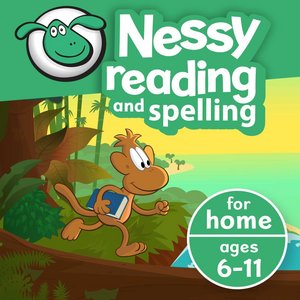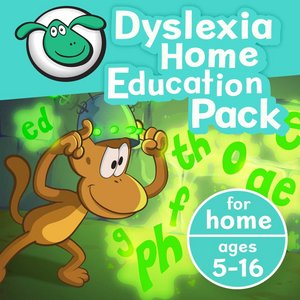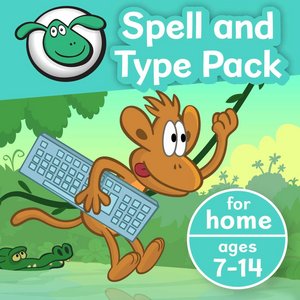Homeschooling
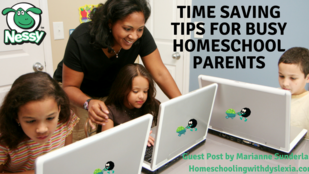 Teaching a child (or 2, or more) with dyslexia can be a time-consuming process. From actually teaching them to read, to reading their textbooks to them, to explaining maths concepts. So how can we get more done in our day-to-day homeschooling?
Teaching a child (or 2, or more) with dyslexia can be a time-consuming process. From actually teaching them to read, to reading their textbooks to them, to explaining maths concepts. So how can we get more done in our day-to-day homeschooling?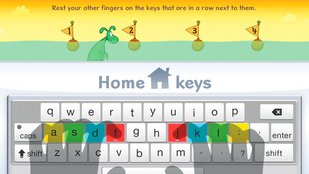 Touch typing is the method of typing without looking at the keyboard. It is a skill that isn’t usually taught in UK schools. However, it is a vital skill that all children should learn.
Touch typing is the method of typing without looking at the keyboard. It is a skill that isn’t usually taught in UK schools. However, it is a vital skill that all children should learn.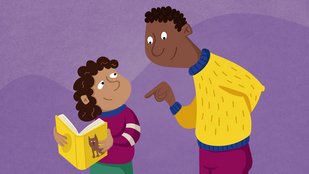 Dr. Torgesen was one of many researchers who discovered that early intervention prevents reading difficulties from worsening.
Dr. Torgesen was one of many researchers who discovered that early intervention prevents reading difficulties from worsening.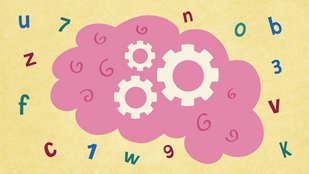 Almost half of dyslexics have low RAN but what is it, and why is it assessed when screening for dyslexia?
Almost half of dyslexics have low RAN but what is it, and why is it assessed when screening for dyslexia?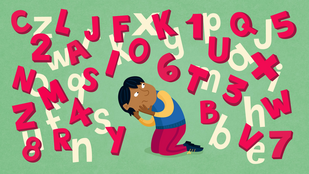 Read the story of 5 year old Shola. Blessing Ingyape, of Dyslexia Help Africa, describes the remarkable effects of intervening in the first years of school.
Read the story of 5 year old Shola. Blessing Ingyape, of Dyslexia Help Africa, describes the remarkable effects of intervening in the first years of school.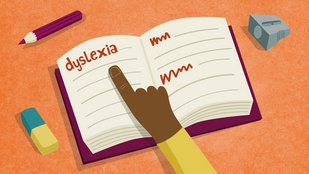 What is the definition of dyslexia? Is dyslexia a medical issue or an educational difficulty?
What is the definition of dyslexia? Is dyslexia a medical issue or an educational difficulty?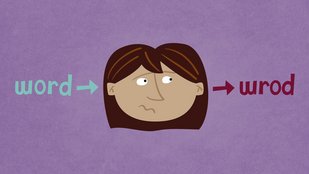 80% of people with dyslexia show signs of a phonological processing problem but what does a difficulty with phonology mean?
80% of people with dyslexia show signs of a phonological processing problem but what does a difficulty with phonology mean?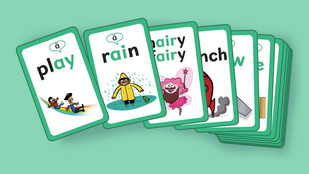 Download and print for free!
Download and print for free!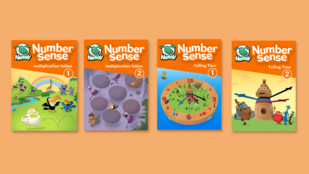 Fantastic resources to print at home. Support the learning of multiplication tables, telling the time, develop thinking and listening, and much more.
Fantastic resources to print at home. Support the learning of multiplication tables, telling the time, develop thinking and listening, and much more.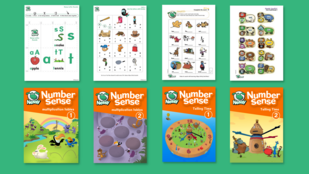 Free Nessy resources for learning at home; phonic sound cards, printable worksheets and games (floss, magic e, CVC, prefix and suffix), and more!
Free Nessy resources for learning at home; phonic sound cards, printable worksheets and games (floss, magic e, CVC, prefix and suffix), and more!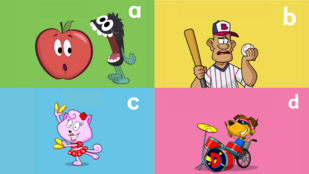 Download and print for free!
Download and print for free!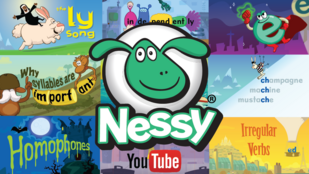 Watch Nessy videos for free. The Nessy YouTube channels have valuable resources for parents, teachers and students.
Watch Nessy videos for free. The Nessy YouTube channels have valuable resources for parents, teachers and students. Number 1 Amazon Best Seller. This ebook version is free! The Nessy founder and author, Mike Jones, wanted a simple and quick way for educators, parents and children to understand dyslexia.
Number 1 Amazon Best Seller. This ebook version is free! The Nessy founder and author, Mike Jones, wanted a simple and quick way for educators, parents and children to understand dyslexia.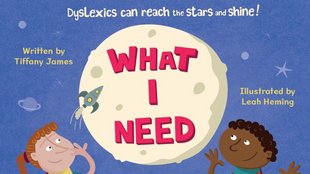 What does a dyslexic child need from their teachers to succeed? This book empowers children with the knowledge they need to self-advocate. Written by Tiffany James.
What does a dyslexic child need from their teachers to succeed? This book empowers children with the knowledge they need to self-advocate. Written by Tiffany James.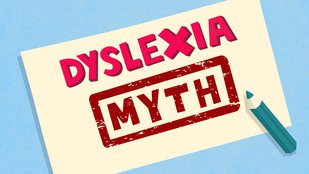 There are many widespread myths about dyslexia such as reading and writing backwards or claims of miraculous cures. Make sure you know the facts.
There are many widespread myths about dyslexia such as reading and writing backwards or claims of miraculous cures. Make sure you know the facts.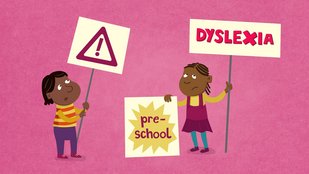 You can detect the possibility of dyslexia in very young children if you know what to look for.
You can detect the possibility of dyslexia in very young children if you know what to look for.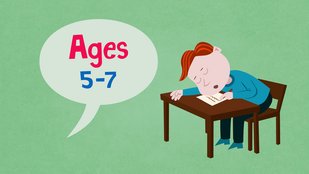 A child with dyslexia will typically exhibit one or more of these signs. Remember that every child is different. It is very rare for a child to have all these difficulties.
A child with dyslexia will typically exhibit one or more of these signs. Remember that every child is different. It is very rare for a child to have all these difficulties.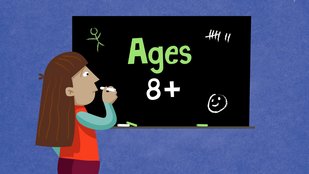 The main indicator is a relative who is dyslexic or a poor speller.
The main indicator is a relative who is dyslexic or a poor speller.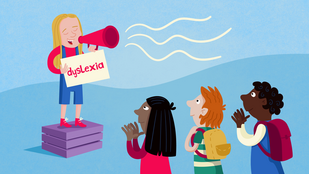 Quick tips and advice from Georgia Ryan, a student and Youth Ambassador for the Dyslexia Mid North Coast in New South Wales, Australia.
Quick tips and advice from Georgia Ryan, a student and Youth Ambassador for the Dyslexia Mid North Coast in New South Wales, Australia.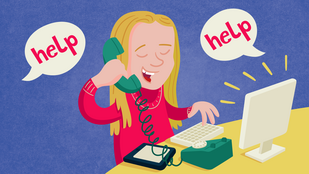 Georgia Ryan was diagnosed with dyslexia and dysgraphia in her last year of primary school. Since then, she has become an inspiration to dyslexic children worldwide.
Georgia Ryan was diagnosed with dyslexia and dysgraphia in her last year of primary school. Since then, she has become an inspiration to dyslexic children worldwide.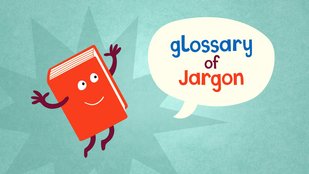 A simple explanation of words frequently used in education.
A simple explanation of words frequently used in education.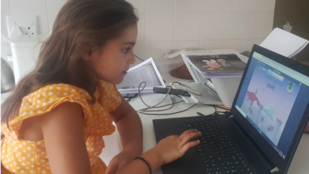 An analysis of student results, after using the Nessy materials for remote learning at home over a period of 6 weeks during the COVID-19 school closures, showed an average gain of one US grade level in reading.
An analysis of student results, after using the Nessy materials for remote learning at home over a period of 6 weeks during the COVID-19 school closures, showed an average gain of one US grade level in reading.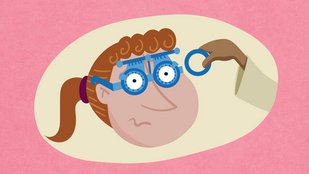 Educational experts, researchers and medical authorities around the world have found little independent scientific evidence to support the use of eye exercises, vision therapy, tinted lenses or filters as a treatment for dyslexia.
Educational experts, researchers and medical authorities around the world have found little independent scientific evidence to support the use of eye exercises, vision therapy, tinted lenses or filters as a treatment for dyslexia.
